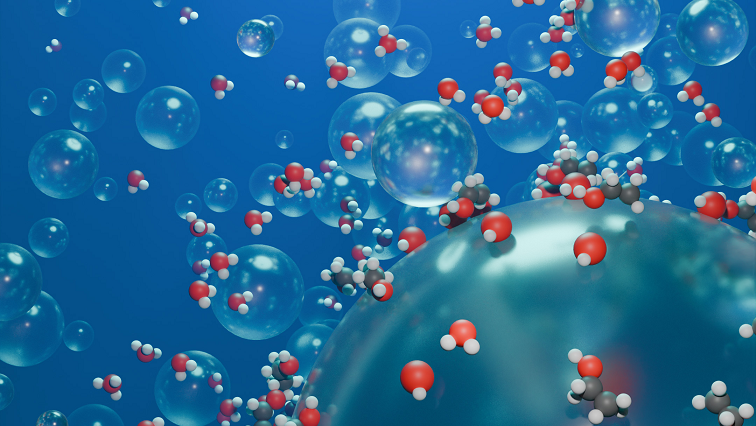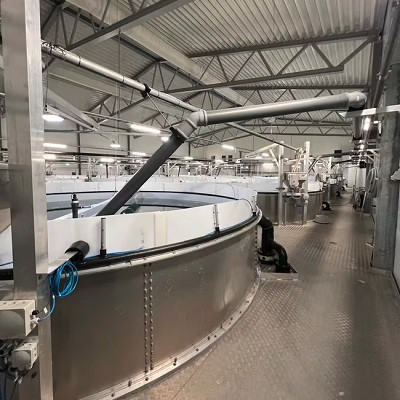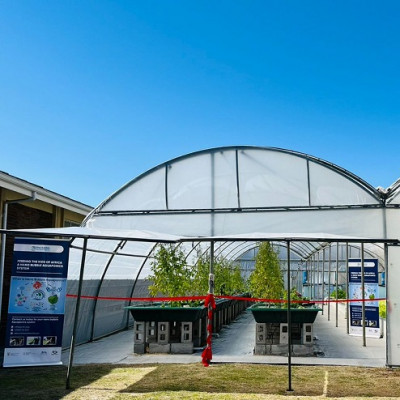Gases are essential for many chemical reactions, and bubbles are one way for these gases to be held in solution. When compared to larger bubbles, nanobubbles have increased stability—meaning that they can remain in a solution longer without popping. Due to their increased stability, they allow for higher availability of gases in solution, allowing more time for chemical reactions to occur.
Led by Dr. Hamidreza Samouei, researchers at Texas A&M University are advancing their understanding of what makes nanobubbles—bubbles with diameters smaller than a single strand of hair—so stable and what factors play a role in their stability. Their findings were published in a recent issue of The Journal of Physical Chemistry.
“When we inject gas at the industrial scale, we don't want to waste that gas. We want to maximize its use for chemical reactions,” said Samouei, a research assistant professor in the Harold Vance Department of Petroleum Engineering. “That's the main purpose, to keep the gas in solution for a very, very long time, ideally infinite time; to keep the gas in solution without bursting.”
Researchers have discovered that the stability of nanobubbles is based largely on their electric charges and the interactions between the charges of the bubbles and the solvent. Nanobubble stability is also affected by any additives in the solution.
The ability of nanobubbles to hold gas in solution gives them many real-world applications, including wastewater treatment, hydroponics, and disinfecting. When nanobubbles are used in hydroponic farming, plants grow larger than their counterparts grown without nanobubbles. Nanobubbles allow for more oxygen to be available in the water, creating a better environment for crops to thrive.
Understanding nanobubble stability is a small piece of a larger research puzzle. Researchers have been injecting carbon dioxide into saltwater solutions to extract different minerals from the solution. The minerals collected from this method, known as brine mining, are used in a variety of applications, such as lithium batteries and magnesium fertilizers.
“For this project, we wanted a way to increase carbon dioxide concentrations, so we used nanobubbles,” Samouei notes. “Now that we have a better understanding of how to increase the lifetime of a nanobubble, they will be a key tool in brine mining practices.”
Also collaborating on this research are Dr. Mohammadjavad Karimi and Dr. Gholamabbas Parsafar.
Read the original article on Texas A&M University.







